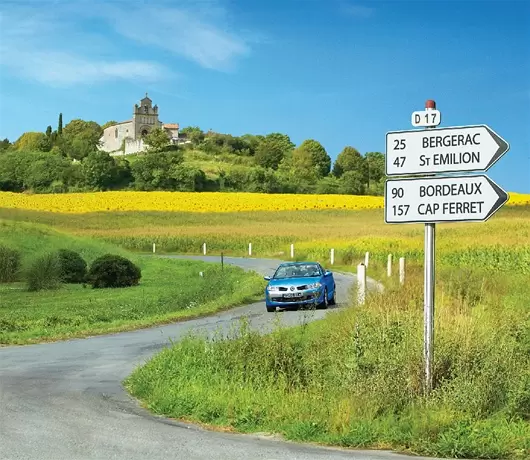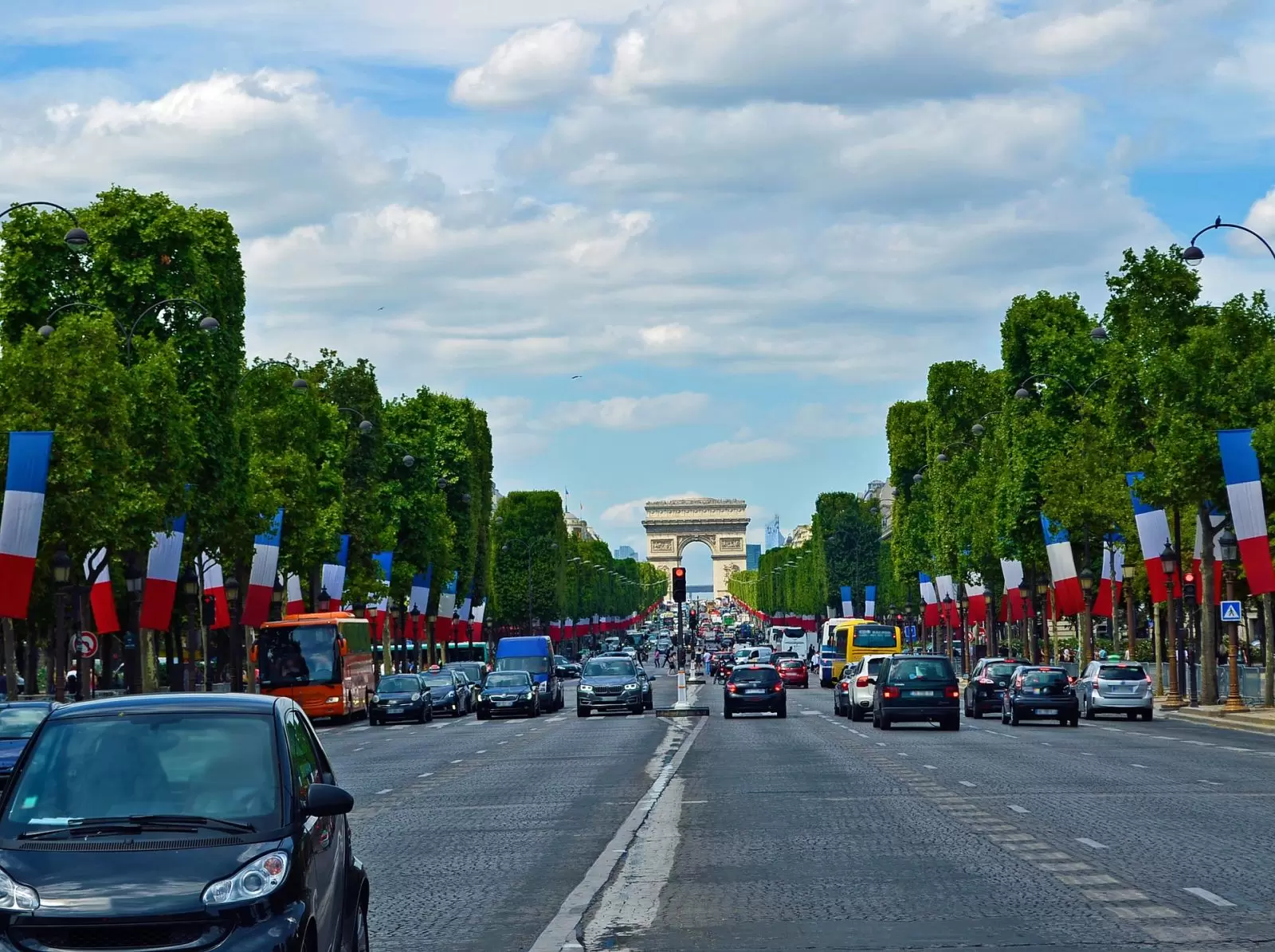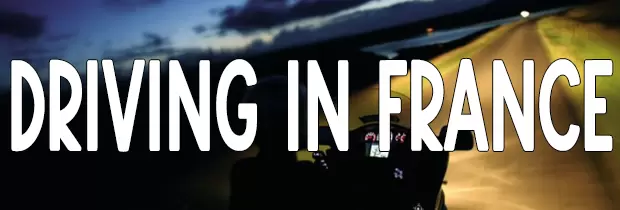Whilst driving around France isn't too different from driving in the UK, for example, there are a few key changes. Many have to do with France's stricter environmental regulations. Certain cities in France are cracking down on vehicles with higher emissions. If you're not aware of the rules, you might find yourself denied entrance to cities you were planning on visiting.
France also has stricter rules than many other countries regarding safety and driving under the influence. Failing to follow these safety guidelines could land you with a heavy fine.
Clean air stickers
In late 2016, France introduced clean air stickers, or Crit'Air vignettes, which are used only in major cities for now. Currently Paris, Lyon, and Grenoble are affected. All vehicles in these areas must have a clean air sticker. There are six different classes - a vehicle's class is determined by how much pollution the car creates. The least-polluting vehicles, electric cars or hydrogen-powered cars get a green sticker. All others get a number between one and five. The worst cases, mostly old diesel cars, get a black level five sticker.
If you're planning on bringing a vehicle from another country into France, you'll need to purchase a Crit'Air vignette beforehard. It's best to do this several weeks in advance, as it can take some time to reach you. You can visit France's Crit'Air website, enter your vehicle information, and pay a small fee (less than 5 EUR). As of 31st March 2017, foreign vehicles driving in Paris, Lyon, or Grenoble must have a clean air sticker. Without one, you'll face fines of up to 135 EUR, substantially more than the original cost of the sticker itself.
The big downside to clean air stickers is that if your vehicle is classed as a high polluter, you'll be denied entry to the cities listed above, plus any more that have adopted the clean air sticker system. On days where cities are close to reaching its Euro emissions limit, vehicles with higher emissions will also be  turned away. Additionally, older vehicles may not qualify for a sticker at all. These cars won't be able to drive in Paris, Lyon, or Grenoble on weekdays between 8:00 am and 8:00 pm.
turned away. Additionally, older vehicles may not qualify for a sticker at all. These cars won't be able to drive in Paris, Lyon, or Grenoble on weekdays between 8:00 am and 8:00 pm.
Safety equipment
Like many other European nations, France requires drivers to carry certain safety equipment with them at all times. Every vehicle must have a reflective jacket for each passenger, which should be within easy reach - not in the trunk. A spare bulb kit should be carried at all times. All four-wheeled vehicles are also required to carry a warning triangle to place by the vehicle in case of an emergency. You will also need headlight beam deflectors.
If you're bringing a vehicle from Great Britain to France, you must also have a GB sticker. The only exception is for those with Euro number plates, which already indicate the car is from Great Britain. This regulation is designed to help French drivers and officials identify your car as foreign.
GB stickers can be purchased cheaply and placed on the back of your car, near the licence plate. If you prefer not to put a sticker on your car, you can buy a magnetic sign instead, which can be removed easily once you return.
In addition to these safety rules, motorcyclists must ensure they have the correct helmet for driving in France. In nearly every case, motorcyclists and passengers on motorcycles must have a helmet with a reflective sticker. There are certain helmets approved by the EU that are not reflective, but it's best to stick with a reflective one to be absolutely sure you're within the law.
Driving under the influence
Laws about driving under the influence vary by country, and it's always good to check local laws before travelling anywhere new. In France, the legal limit for drivers is a blood alcohol content of 0.05%. This is the same limit imposed in Ireland, Australia and Scotland, but slightly lower than the limit in England, Wales or the United States.
Drivers should always be cautious about drinking and driving and avoid consuming alcohol before driving. It's also a requirement in France to keep a breathalyzer in your car at all times.
Other driving laws
Aside from these regulations regarding emissions and safety, driving in France is a lot like driving anywhere else. As with the rest of Europe, drivers stay on the right-hand side of the road. This may take some getting used to for UK motorists, who drive on the left.
Planning to drive in France? Why not upgrade your bulbs today in preparation for the big trip?



















_120_41.png)









 Close
Close